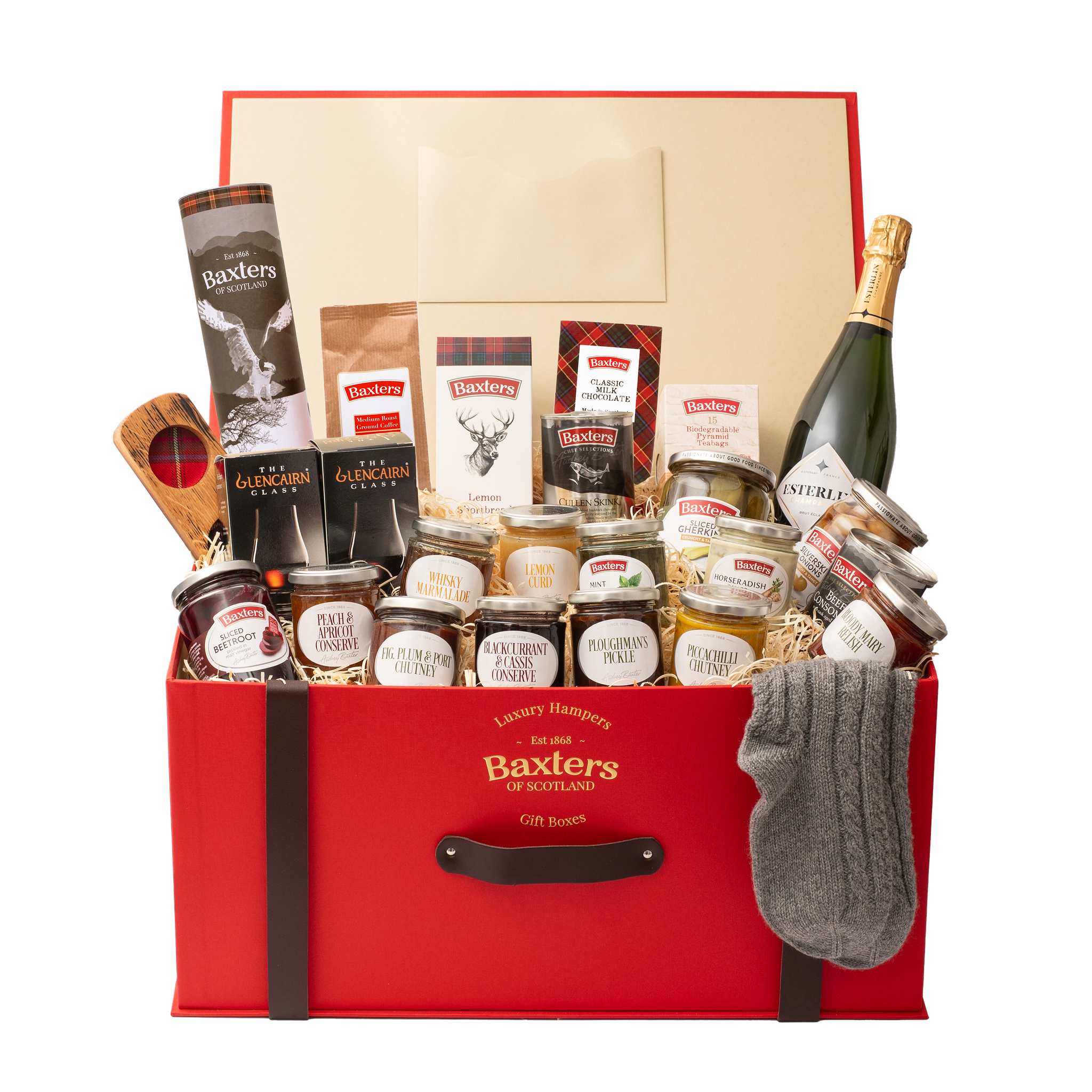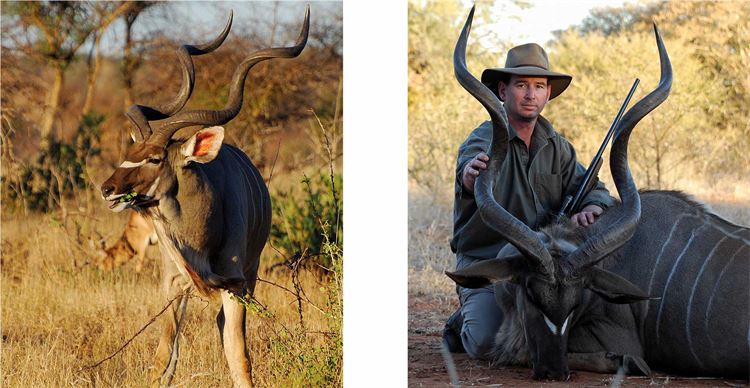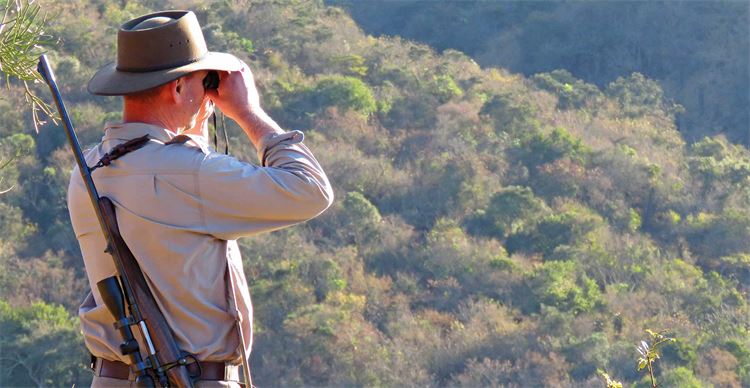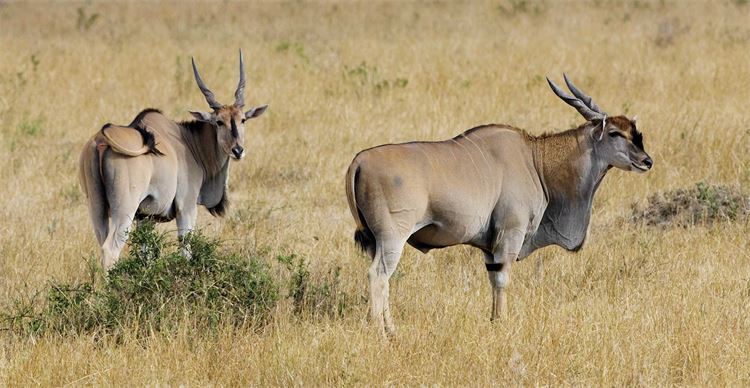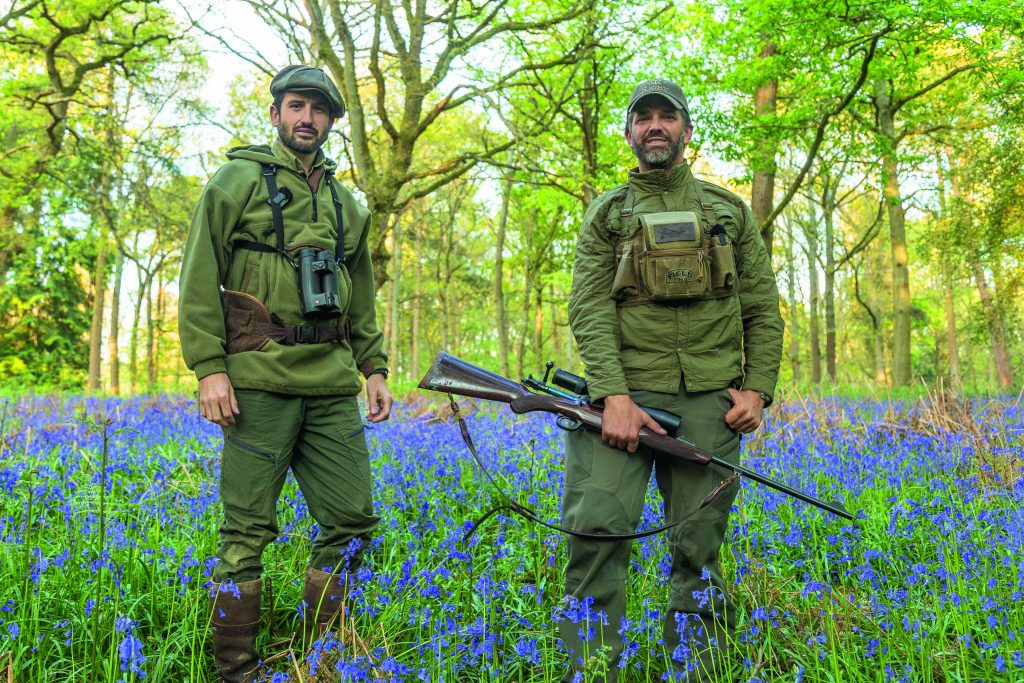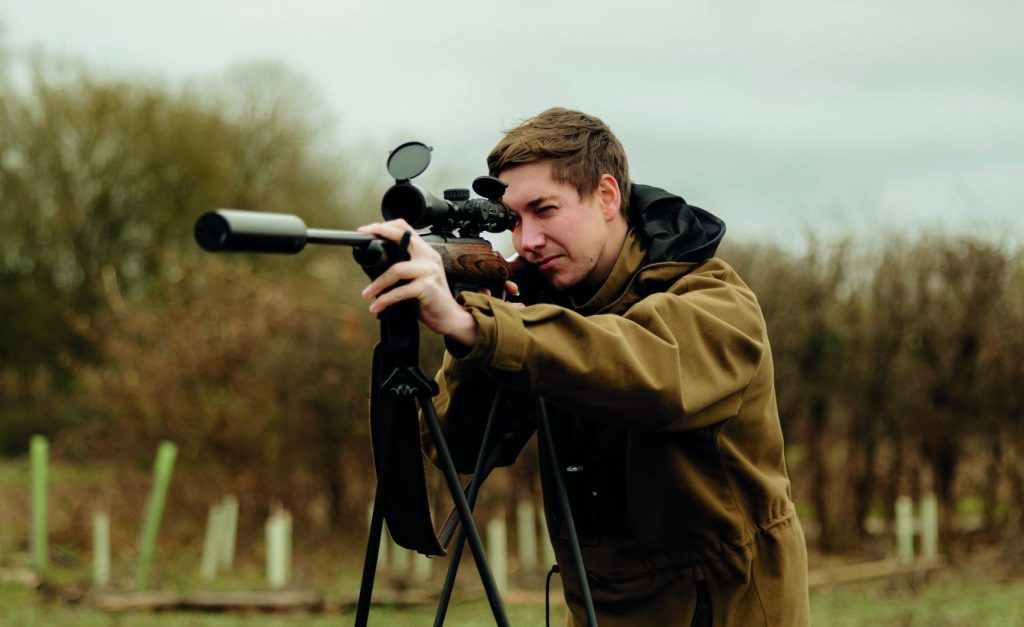Hunting African spiral-horned antelopes
Fascinating, difficult, elusive, sustainable and offering endless variety, the spiral-horned antelope species are incomparable – even in the hunting lands against which all others are measured.
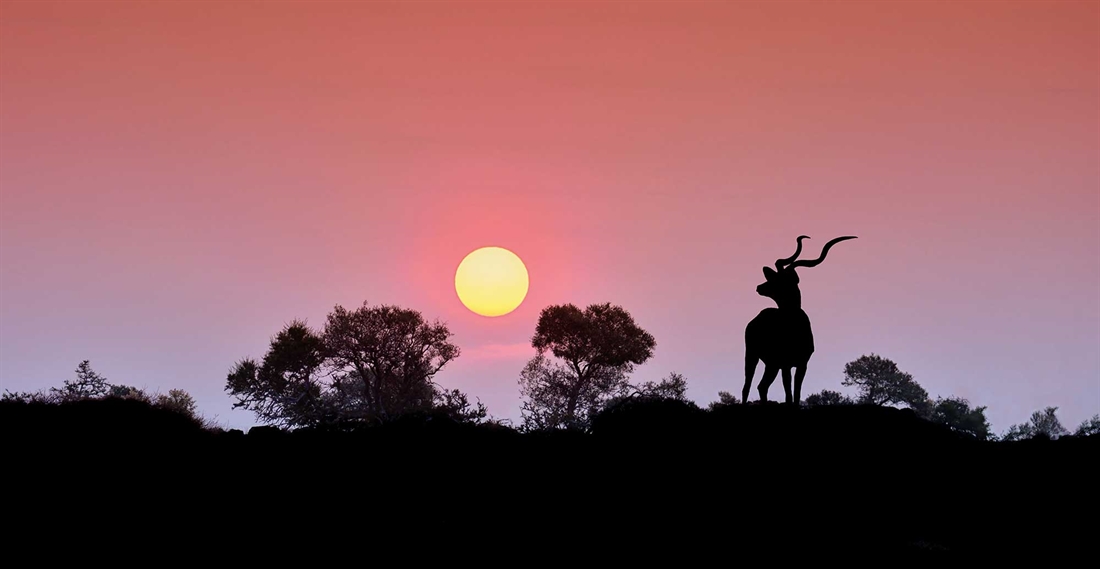
The pursuit, even of the best things, ought to be calm and tranquil,” said Marcus Tullius Cicero, and he was right.
The spiral-horned antelope of Africa – kudu, bushbuck, nyala and the rest – don’t wander into view. They appear. Nor do they flee in the manner of ordinary animals – they drift into nothingness even as you watch. For their elusiveness, majesty and stealth they stand among the top game species of that great continent.
There are rare ones that demand a specialised trip that is probably beyond the reach of the ordinary hunter – mountain nyala in Ethiopia, Lord Derby eland and bongo in the Cameroon, lesser kudu in Tanzania. Fortunately these rarities are greatly outnumbered by good populations of accessible species in most of southern Africa, where a 10-day safari is within the reach of many.
The one thing they all share, from sitatunga deep in his swamp to eland in the Kalahari desert, is that twist to the shaft of their horns. It comes from a series of uneven growth pulses, fast at some times, slower at others, that cause the horn to grow in rotation around its axis. In a bushbuck or cow eland the twist is subtle, in a big open-curled kudu bull it will be massive.
They can be supernaturally elusive, and the giveaway is in the nicknames. In every article ever written on kudu they are referred to as the ‘grey ghost’ – I believe it is some kind of law among outdoor writers. Nyala translates somewhat loosely as ‘the shifty one’ and you don’t need a degree in zoology to figure out where bushbuck live: deep in some of the thickest tangles you can imagine.
The thing they all share is a fickle unpredictability. Yes, you can work hard and in general hard work pays off, but with these animals that relationship is always uncertain. I know a man who has hunted kudu for four decades and never found a truly big one. I know another who took a 64″ bull on the first hour of the first day of his very first safari. If you’re frustrated by slow silences, subtle movement and stealth, this may not be the game for you.
But if you enjoy the truly classic moments of hunting – ghosting along with the cool evening breeze in your face, glassing for the shine of a bull nyala sunning himself in a tiny clearing, still hunting the twilight riverine shadows, then you have found a tribe that can keep you fascinated for life.
Everyone starts with kudu. They are magnificent anytime but to me the height of the rut in May–June, with the mask darkened up and that white chevron glowing across their faces, is the pick of it. They are much bigger than a typical red stag, though by African standards a fairly soft, slab-sided animal. If pressured they can become supernaturally spooky, and you’ll know soon enough if you’ve been busted – that deep ‘baahk!’ is the loudest sound made by any antelope.
After many years hunting them from the nightmare tangles of Zimbabwe to the vast open spaces of the Kalahari, I’ve come to the conclusion that there is no perfect kudu rifle. In the thick stuff a classic bushveld calibre like the 9.3×62 with a bright scope is dandy. Out on an open pan or across valleys, a flat-shooting .300 with good projectiles is a better bet. In either case time is of the essence. It’s a common sob story among professionals that they found a lovely bull at last, but by the time the client got set up he was long gone.
Judging kudu is often on the fly for exactly that reason. It’s true that a typical mature bull runs to two and a half turns, but kudu come in every possible variation on the theme. There are tall close horns, widely flaring models, curls that run almost straight and curls that you could just about throw a basketball through. In general, amateurs look for length, but your PH will also be looking for depth of curl. South Africa’s Limpopo and northern Namibia are hotspots, but there are good numbers scattered across much of southern Africa. For the record, the biggest set – picked up by a PH from a carcass in Mozambique – runs to a cool 72″ (six feet exactly).
Like many of their tribe it is hunting that has put kudu on the map. So many of these areas were once marginal cattle land now turned over to game habitat. By hunting them you not only get the experience of a lifetime, but their management means that all the other flora and fauna is protected from poaching, overgrazing by stock and human settlement. Like all spiral horns, kudu are fine table fare and no meat is wasted.
Kudu aren’t supernatural, but they have charisma to burn. The sight of a big old bull high on a ridge is one of the quintessential African experiences. That surging see-saw gait, white tail up and horns laid back, can still your hand in wonder. And when you finally get to a fallen bull you’ll find the dignity and majesty that only the great beasts possess.
Many hunters go to Africa, especially on their second trip, with the idea of chasing bushbuck. The various species don’t run very fast, they hang around the same places every day – how hard can it be? By the second or third day spooking around the thickets with no bushbuck the reality starts to dawn. You might get lucky… but more often than not they will make you work hard for even a glimpse. Those ears pick up every sound, and they know their patch better than you know the back of your hand. This isn’t casual hunting. It’s chess.
Pound for pound a wounded ram is probably the fiercest of all antelope, and many dogs – as well as a few hunters – have been on the receiving end of those pointed dagger horns. Watch the camp staff and you will see that a good bushbuck in the salt, one with battle scars all over his face, is a big deal. Small they may be, but any of the bushbuck clan are among the great prizes of African hunting.
The key piece of equipment is a low-powered scope that gathers plenty of light, essentially the best optics you can afford. There may be limited opportunity to judge the trophy and shots can be fleeting, but that’s part of the challenge of the solitary little warrior – pound for pound the punchiest of all the spiral horns.
You would think that kudu and bushbuck would have elegance covered nicely. Not even close. For sheer finesse and good looks, nyala are unbeatable. They are so improbable and exotic – that mane, spots, the lyre-shaped ‘bell’, fringes and stripes everywhere, long, slim legs – there’s nothing like them. Add to that furtive habits and some neat little tricks and you have a truly classic game animal.
Some wonderful specimens have been coming out of Mozambique of late, and they’ve been transplanted over a lot of South Africa and Namibia, but their natural stronghold is in the thick tangled valleys of KwaZulu-Natal. I hunted there recently with Hans Vermaak, fourth generation PH and head of CVS Safaris, and it was an epic experience. He’s Natal born and bred and knows ‘the shifty one’ well. Here nyala drift among the shadows of steep euphorbia and aloe forest, blending perfectly with the dappled shade and scrub.
Says Hans: “There is almost no chance that a stalk uphill into that noisy thicket will ever work. Glassing across valleys in the early morning and evening, looking for shine off that smooth coat, is usually the best way.” It’s possible to spend hours watching an ear or a patch of striped skin, waiting for a turn, a drop of the head to show what a bull’s horns are like. “Up close they have a knack for placing trees perfectly between you and their line of retreat. I tell you, they are something special.” A glimpse, a sharp lift in heartbeat and suddenly nothing is the defining nyala experience.
It’s easy for the beginner to misunderstand eland. A huge antelope, lacking the wild curls and flaring tips of the others, but it’s a mistake to sell them short. Of all of them the pursuit of a spooky eland bull is one of the toughest plains game hunts out there. Typically you’ll work like a dog and cover more miles on foot than all the rest combined. You’ll need to shoot a good medium like the .375 pretty well. Poor placement, a substandard calibre or projectile and you’re in for a very bad day.
Eland are tough. They are also delicious, and the two things are related. All the world, from lion through to the Khoi-San people that used to be called ‘bushmen’, loves eland venison. In caves dotted around southern Africa you find tawny cows and blue bulls painted in ochre, sacred animals to the people who once lived there. It was a practical magic – sacred they may have been, but the big animals would feed an entire group of families well for days in a landscape where life often hung by a thread. No wonder they were held in awe.
To survive that kind of attention, eland can roll into a steady, ground-eating trot for hours. Despite all that bulk they can jump six feet in the air from a standing start. They’re far more interesting and more of a serious proposition than most hunters realise. Eland males develop a peculiar mat of hair on the forehead, and a pronounced dewlap as they age. Up close you’ll hear some click as they walk. Opinion is divided, some say it’s a location mechanism, others that the snap of the tendon is a display of dominance among mature males. Whatever the case, chasing the ‘blue bull’ is one of the great challenges of the Dark Continent.
One final tip for life in the thickets, and that is to consider a barrel band for your rifle. Most people these days see it as a style thing, an African affectation, but a barrel band has great practical value. A rifle set up that way sits lower on your back and will hang up or make noise on dense vegetation far less often. As Cicero said, the pursuit ought to be calm and tranquil.
It’s a tradition to think of the Big 5 as the pinnacle of African hunting, but the truth is that they make up a tiny percentage of safaris today. The vast majority of hunts are for plains game, and the spiral horns sit at the very top of that ladder. Fascinating, difficult, elusive, sustainable and offering endless variety, they are incomparable – even in the hunting lands against which all others are measured.
Go on. You know you want to.
Related Articles
Get the latest news delivered direct to your door
Subscribe to Fieldsports Journal
Elevate your experience in the field with a subscription to Fieldsports Journal, the premium publication for passionate country sports enthusiasts. This bi-monthly journal delivers unparalleled coverage of game shooting, fishing and big game across the UK and beyond.
Each issue offers a stunning collection of in-depth features, expert opinions and world-class photography, all presented in a timeless yet contemporary design.
Save 10% on shop price when you subscribe, with a choice of packages that work for you. Choose from Print & Digital or Digital only with each journal delivered directly to your door or via the app every other month, plus access to past issues with the digital back issue library.





